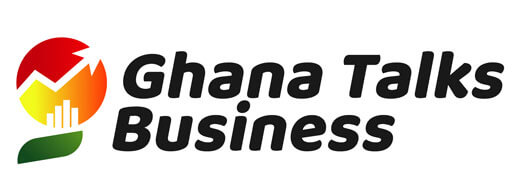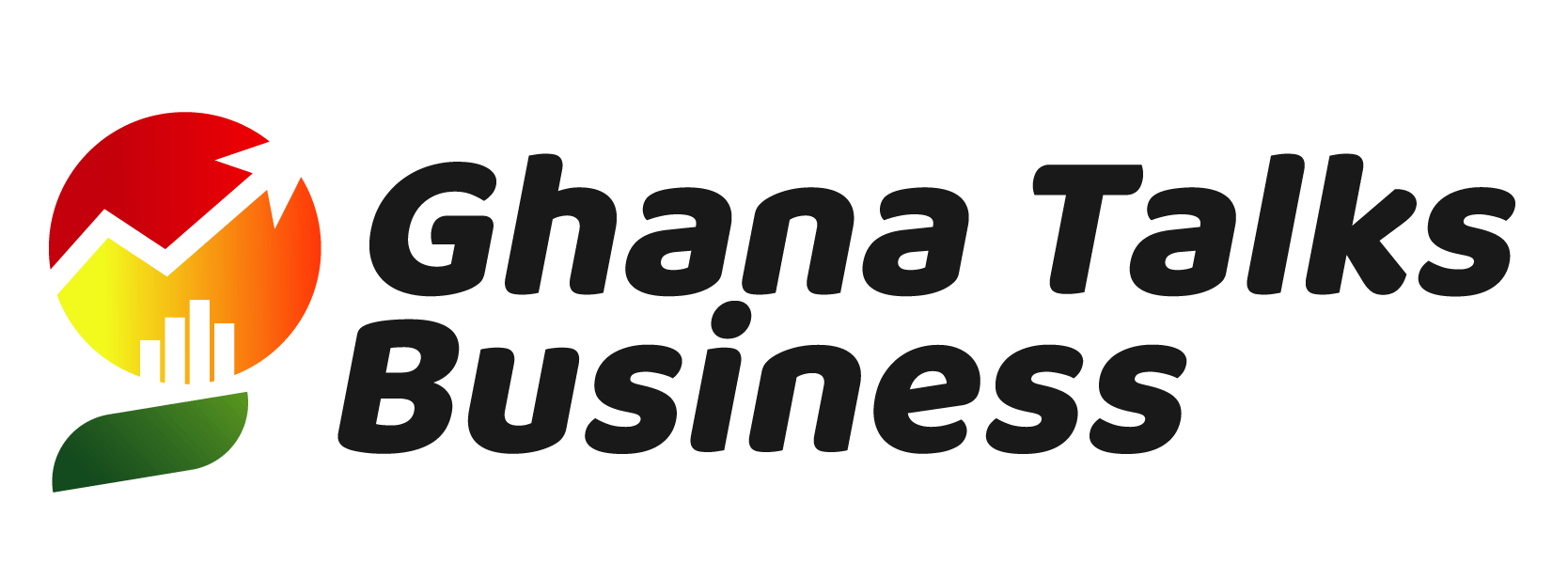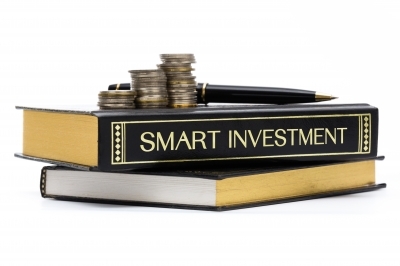
Look, we get it. It’s the information age. Everybody knows something about something. And if somebody knows nothing, they can easily learn something. By a click. This has changed how we relate with customers.
Take the B2B buying journey for example. On the average, the B2B buyer has completed between 50 and 90% of the buying journey by the time they first interact with your business. Although these percentages have been challenged recently, it’s evident that customers have become more informed, more intelligent and more empowered. They research your solution, read and engage with your content (ps: More than 70% of B2B buyers use social media as a research tool). More information decreases doubt and engenders confidence.
Regardless, enterprise B2B sales relationships are often shrouded in chess-like negotiation tactics and politics. Shame, some still look at sales from a win-lose point of view. And I’ve been a culprit at some point. Often in the past, I’ve had my ‘cards close to my chest’, keen on checkmating the prospect. I was wrong. If there’s increased openness and communication during the process, both parties are better positioned to identify and understand whether the solution is a good fit or not. Then, whichever way it goes, both parties win.
So, what if during the buying process, prospective buyers can know exactly what I’m thinking and at which exact stage I have those thoughts (e.g. discovery calls and demos)? What if they can get the exact copy (word for word) of my conclusions on the deal flow, my negotiating points, and how I intend to close the deal? Okay, maybe, that’s a bit too much right? No.
This was exactly what the Co-Founder and CEO of BuyerDeck, Gerald Vanderpuye did. Mistakenly. When working on the biggest enterprise deal of his life at his previous company, Gerald shared his comprehensive summary notes and insights of the deal with the buying team, instead of internal stakeholders. Project summary, “why buy” assumptions, decision making criteria, finances…everything. He was dejected. He had blown it all away, right? No.
Couple days later, Gerald got a “Thank you for the notes” call from the prospect. He understood that his unintentional transparency offered the prospective buyer the rare opportunity to validate his notes. The prospect approved, corrected and rejected some of the insights. Gerald no longer had to rely on his own assumptions.
A major benefit of being so transparent (what I like to call Return on Transparency) is increased buyer engagement. As we share more relevant content and information with the prospect, it helps prospects to understand the solution and facilitates the buying process. It adds clarity. It brings consensus. And it builds more trust between the parties involved. And when transparency is done right, stakeholders know their roles and timelines in the buying process.
Like many other aspects of sales, we can even improve the buying process by measuring the buyer’s engagement. And this can be done by looking at the various touches prospects need to make in order to close a deal. The metrics for these touches go beyond mere clicks, shares and views. They’ve got to measure the prospect’s commitment, and answer questions like:
How much time is the prospect spending on reading a particular content?
Is the prospect clicking on the calls to actions in my contents?
How accurate is the prospect’s data on forms they fill?
What is the pattern of interactions the prospect is having with my team’s content consistently to define progressive intent.
So Gerald’s lesson got him started to build first sales collaboration portal for B2B buyers and sellers: BuyerDeck. Gerald and his team want to “make B2B sales reps more productive by allowing them to track the level of engagement from each buyer and create a better buying experience.”
Author: Kwesi Sakyi-Gyinae










